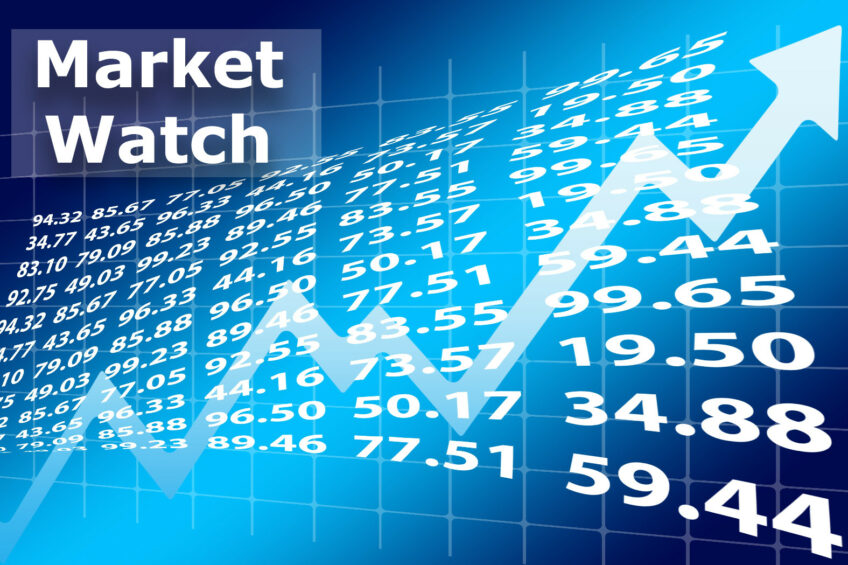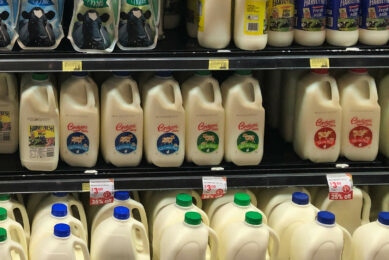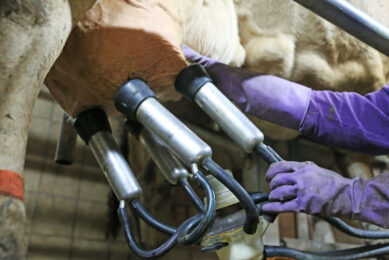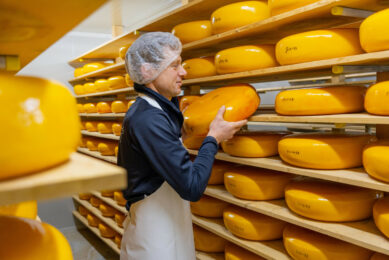Global dairy markets stable, Oceania butter price rise

Global markets are expected to maintain a stable balance with prices likely to hold steady at current levels until China’s import volumes show significant improvement, according to Rabobank.
China’s import volumes for 2024 have shown a decline compared to the previous year – a trend not unexpected, notes Rabobank in its Australia agribusiness monthly report.
Butter
In June, the spot price of Oceania butter reached a historic peak, exceeding US$7,000 per tonne FOB for the first time. “Since the start of the year, the Oceania butter price has risen 34% to these eye-watering levels. Behind these prices is a combination of supply and demand fundamentals for fat and cream,” explains Michael Harvey, senior analyst of Dairy and Consumer Foods.
Additionally, there is a seasonal rise in demand for fat-based products such as ice cream in the northern hemisphere. Inventories in global supply chains are not excessive, which makes spot purchases vulnerable. Harvey highlights that butter prices are outperforming the broader dairy market.
Milk powder and cheddar
In the Global Dairy Trade auction on 16 July, prices experienced a slight increase of 0.4% overall. This marks a positive turn following a significant 6.9% decline in the previous auction. However, whole milk powder saw a decrease of 1.6%, averaging US$3,142 per metric tonne. This marks the third consecutive auction where whole milk powder prices have fallen.
Skim milk powder also saw a decline, dropping by 1.1% to an average of US$2,566 per metric tonne. On the other hand, cheddar cheese showed a notable increase of 6.2%, reaching an average of US$4,217 per metric tonne. This rebound follows a steep 6.9% drop in the preceding auction.
Australia
Dairy farmers in Australia are facing significant financial challenges in the upcoming financial year, with projected losses ranging from AUS$200,000 (US$133,680) to AUS$300,000 (US$200,520). New analysis underscores the looming cash crunch for primary producers. At the beginning of June, most dairy processors announced opening prices between AUS$7.80 (US$5.21) to AUS$8.30 (US$5.55) per kg of milk solids, providing little relief just days before the season commences.
According to figures compiled by the Australian Dairy Farmers organisation, an average farm with 200 cattle could anticipate losses of approximately AUS$146,803 (US$98,123) in the 2024-2025 season if no adjustments are made beyond the current AUS$1.50 (US$1) per kg cut in milk solids price. For a farm with 300 cattle, losses are estimated at AUS$220,204 (US$147,184), while a 500-head operation could face losses amounting to AUS$367,007 (US$245,307).
Australian Dairy Farmers president Ben Bennett warned that the expected 10-15% reduction in opening prices compared to the previous financial year would compel many farmers to reconsider their future in the industry.
United States and Europe
At US$76 billion in annual US sales, the dairy aisle stands as the largest category in retail, based on 52-week rolling average of Circana sales data through June 2024. Over the last 3 years, dairy retail sales have notched a growth rate of 15.4% or US$10.1 billion, CoBANK says in a recent report.
Dairy’s growth has not all been driven by recent price inflation. Dairy product consumption has grown by 7.7% on a per capita basis for a compound annual growth rate (CAGR) of 0.8% over the past decade, moving from 606 to 653 pounds per person on a milk-fat equivalent basis based on USDA data.
As expected, seasonal milk declines are taking place across West Europe. That said, milk production levels are generally above that of last year. According to recent data, May 2024 EU cows’ milk delivered to dairies is up compared to last year.










